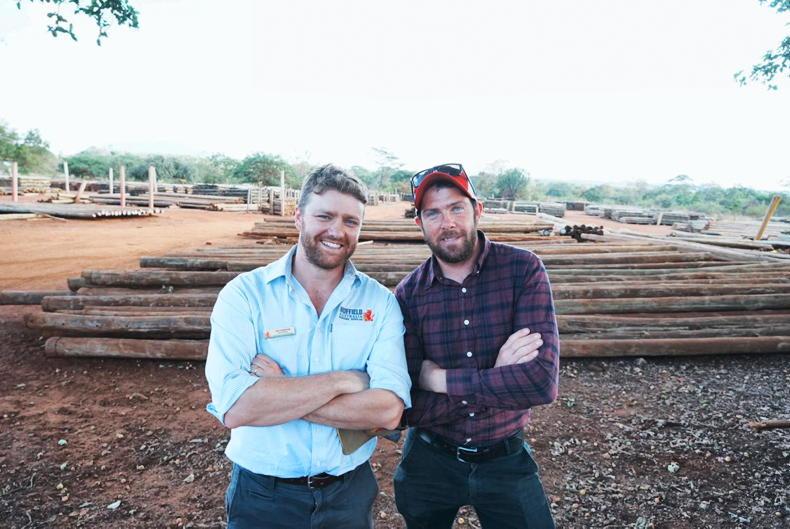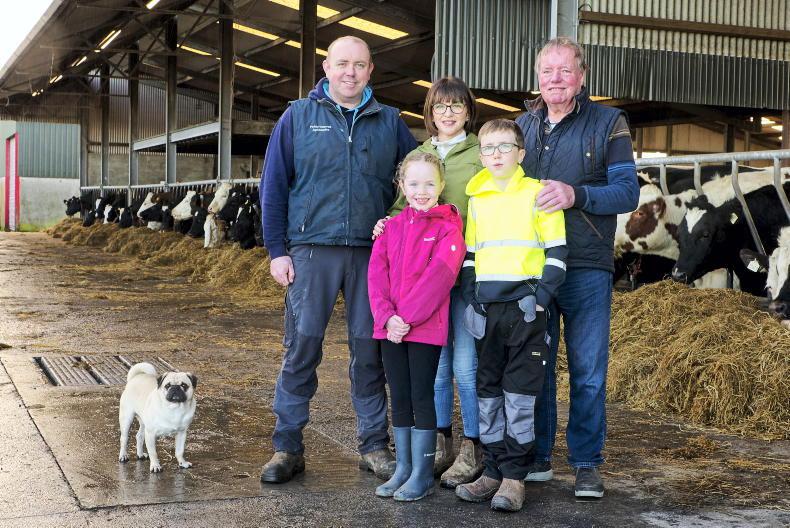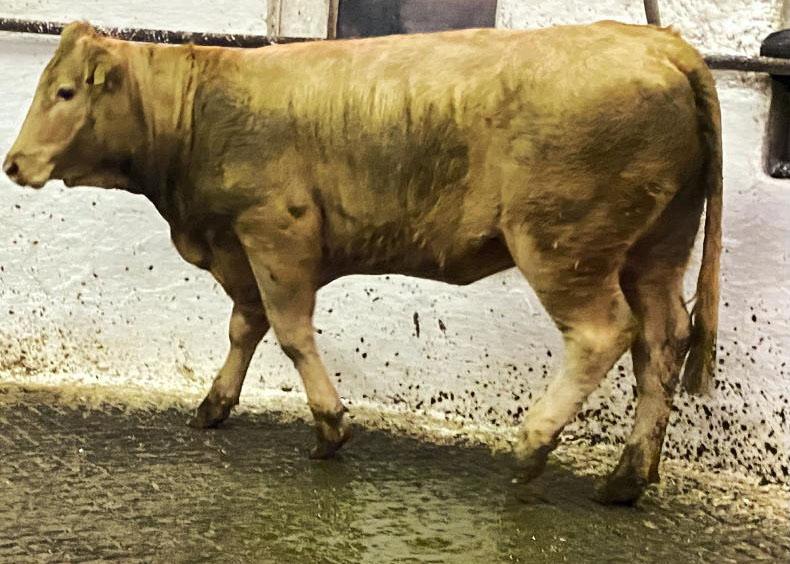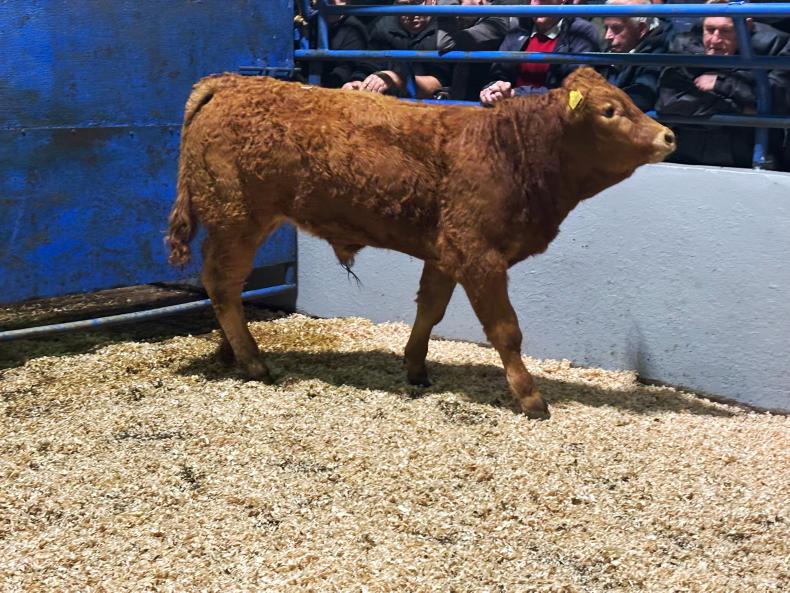It’s hard to believe we are into April already, with breeding 2025 plans currently being put in place around the country. The good weanling trade has sparked a renewed confidence in the suckler sector, with some farmers even thinking about going up in numbers again – something I haven’t heard being talked about in a long number of years.
Farmers breeding high-end weanlings are finally getting rewarded for quality, so it pays to give some attention to the cows and bulls that you pick and match up to each other over the next few weeks.
The new norm is €5/kg for the top-quality weanlings, so that’s €1,750 for a 350kg weanling, or €35,000 if you could average it over 20 weanlings. That’s what has brought the confidence back.
My highlight of the breeding focus this week is Martin Merrick’s report from last week’s Teagasc farm walk on Cathal Irwin’s farm in Mayo. Cathal is a typical west of Ireland suckler farmer, working off a small area with a herd of 18 cows – bang on the national average.
He’s doing a superb job, focusing on the simple things like genetics and grass, and it’s paying off; with the farm performing very well in terms of technical efficiency and profitability.
We also take a look at some breeding tips ahead of the busy season, including making sure your stock bull is up to the job. A fertility test is a must if you’re ever in doubt.
Having cows settled at grass before breeding commences is another good tip to hit high conception rates.
Chris Daly takes a different look at the top bulls on the replacement and terminal index in terms of individual breed performance. This means a farmer can pick the top bulls in each individual breed, something which may be of more use to farmers.
It’s hard to believe we are into April already, with breeding 2025 plans currently being put in place around the country. The good weanling trade has sparked a renewed confidence in the suckler sector, with some farmers even thinking about going up in numbers again – something I haven’t heard being talked about in a long number of years.
Farmers breeding high-end weanlings are finally getting rewarded for quality, so it pays to give some attention to the cows and bulls that you pick and match up to each other over the next few weeks.
The new norm is €5/kg for the top-quality weanlings, so that’s €1,750 for a 350kg weanling, or €35,000 if you could average it over 20 weanlings. That’s what has brought the confidence back.
My highlight of the breeding focus this week is Martin Merrick’s report from last week’s Teagasc farm walk on Cathal Irwin’s farm in Mayo. Cathal is a typical west of Ireland suckler farmer, working off a small area with a herd of 18 cows – bang on the national average.
He’s doing a superb job, focusing on the simple things like genetics and grass, and it’s paying off; with the farm performing very well in terms of technical efficiency and profitability.
We also take a look at some breeding tips ahead of the busy season, including making sure your stock bull is up to the job. A fertility test is a must if you’re ever in doubt.
Having cows settled at grass before breeding commences is another good tip to hit high conception rates.
Chris Daly takes a different look at the top bulls on the replacement and terminal index in terms of individual breed performance. This means a farmer can pick the top bulls in each individual breed, something which may be of more use to farmers.










SHARING OPTIONS